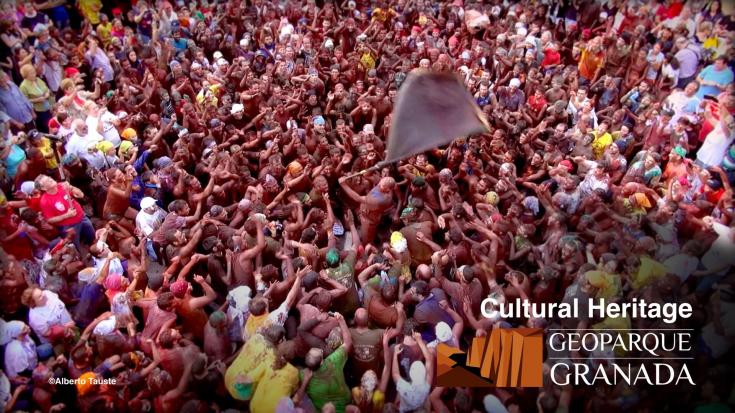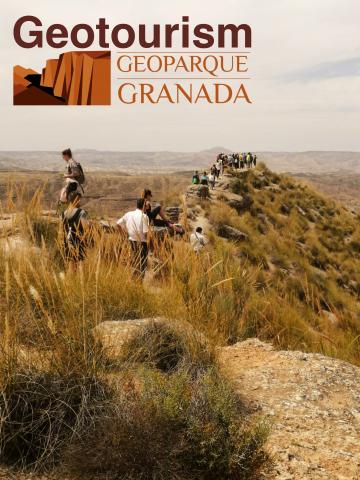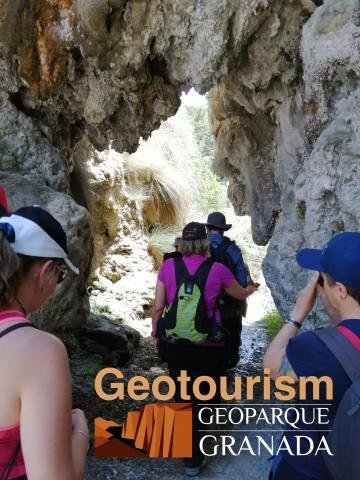Off the beaten track: Regional strategies boosting tourism through heritage

Tourism into Europe has increased steadily over the past decade and with 710 million international arrivals (2019, UNWTO), the continent has confirmed its positions as the world’s main tourist destination. The European tourism sector is a strong economic factor that contributes, directly and indirectly, close to 10% of European GDP. However, the strong influx of tourists tends to focus on popular cities and touristic hotspots which often suffer from the undesired side effects of mass tourism whilst the hinterland experiences reverse effects of dwindling tourist numbers and depopulation.
During the COVID-19 pandemic, tourism has drastically decreased but it is expected to come back strong once travelling is possible again. Clearly, the current stand still is challenging but also an opportunity for cities and regions to develop new, holistic tourism strategies that allow both economic growth and the protection of their natural and cultural heritage. Inspiration comes from Interreg Europe projects such as CHRISTA that looks to combine heritage with responsible and sustainable tourism.
Rich industrial heritage
In the Swedish region Västra Götaland, the regional authorities worked on a proactive strategy to draw more local and especially international tourists into the region. Thus they decided to tell the story of Sweden’s rich industrial heritage that once fuelled its development from one of the poorest to one of the richest countries in the world. To this end, the region developed an industrial cultural route with hiking and biking trails and a network that connects industrial museums, people and remote places. The PRISMA network enables a close collaboration and provides a common branding and point of entry for a wide range of regional players. With the implementation of its strategy, the Region Västra Götaland has been able to enhance the visibility of its heritage and to involve the local population, on a voluntary basis, in the guided tours, showing their heritage and highlighting the knowledge of ancient crafts.
Image
 Image
Image



Credit: Photos from the Diputación de Granada
In Andalusia, they would have never heard about Västra Götalands strategy, if it wasn’t for the CHRISTA project. At a staff exchange in Sweden, representatives of the County Council of Granada got first-hand information and feedback on the use of industrial heritage to fuel regional tourism.
Trinidad Manrique de Lara Vílchez from the European Project Office of the County Council of Granada remembers:“Our regions are located in different countries, with a very different climate and at first, we were surprised to find a lot of similarities. Like Granada County, Västra Götaland is not densely populated and the towns are small and very dispersed. Tourism concentrates in the main cities. This comparable regional set-up made the PRISMA network very interesting for us.”
North of Granada, the Geopark features a breathtaking geological and archaeological heritage in a vast territory of 4,722 km2. Nevertheless, the area suffered greatly from depopulation and very high unemployment rates and the County Council of Granada needed new ideas to face these challenges and to boost the economic development of the Geopark.
A new Geopark strategy
Based on the method of Västra Götaland, Granada decided to change the Provincial Geopark Strategy and to showcase an offer for sustainable tourism that highlights the rich natural and cultural heritage of the area.
They were also inspired by the Swedish collaborative approach and in May 2018, a network of public and private visitor centres was created to instigate cooperation and common development of the municipalities in the Geopark area. Today, 35 centres are collaborating under a common brand to protect their heritage and to promote sustainable tourism.
Together, they established long-term vision of the territorial development for the Geopark Granada and implement new economic activities that are respectful to the environment and the natural heritage. The network is managed and financed by the County Council.
Trinidad Manrique underlines:“We got inspired by the Swedish network and decided to change our Geopark Strategy to include the creation and management of a similar network of small towns, visitor centres and points of interest that features our geological and archaeological beauty. This change in strategy has helped dispersed actors out of their isolations and into a joint offer of cultural and natural heritage that makes the Geopark Granada more attractive for visitors.”
Territorial impact
The change in the Geopark strategy is among the success factors of an increased tourism in the area. By 2019, the number of visitors had nearly doubled to 130,395 up from 65,547 in 2017 and the average overnight stays had increased from 1.69 to 3.31 nights per visitor.
A big success for the Geopark network and the Granada authorities which also handed in a second candidacy for the UNESCO Network of Geoparks enriched with the network of visitor centres and their ambition to ensure the sustainable development of the territory. In July 2020, 36 years after Granada’s Alhambra and Generalife became one of the first Spanish UNESCO World Heritage sites in 1984, the Granada Geopark has been accepted into the UNESCO Global Geoparks Network. Another big success that will clearly boost the visibility of the Geopark at international level as well.
For more inspiration and information:
- Interreg Europe Policy Brief ‘Sustainable Tourism: Strategies to counteract overtourism’
- Geopark Granada website
- The video of Geopark Granada
- The CHRISTA video by Granada
- European geoparks website
Credit: Photo by Alberto Tauste from Diputación de Granada
